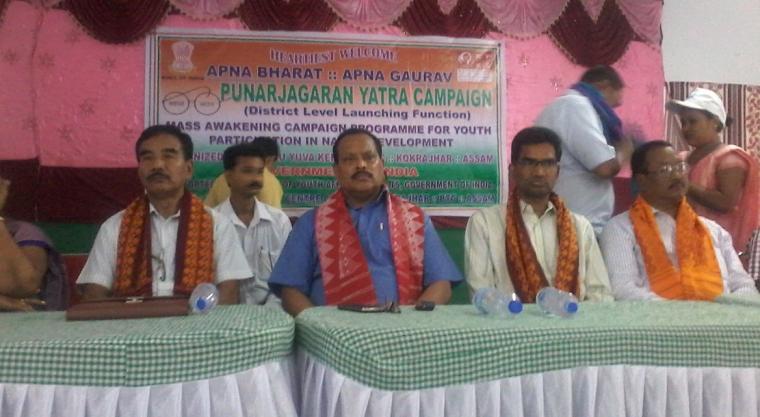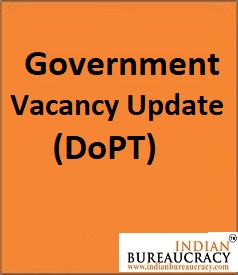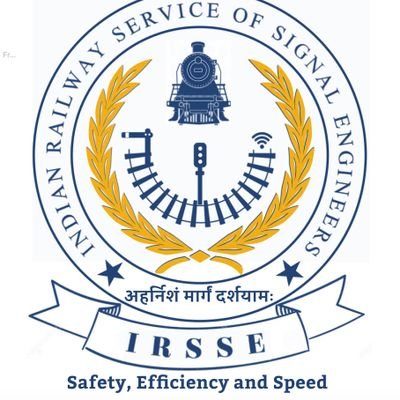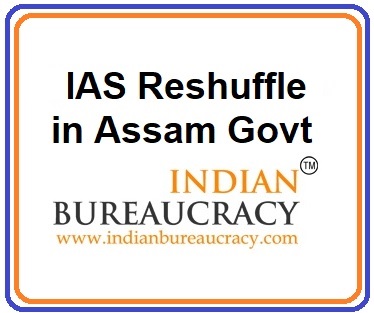Youth represent the most dynamic and vibrant segment of the population. India is one of the youngest nations in the world and is expected to have a very favourable demographic profile in the time to come. In India, youth in the age-group of 15-29 years constitute 27.5% of the population. It is expected that by the year 2020, the population of India would have a median age of 28 years only as against 38 years for US, 42 years for China and as high as 48 years for Japan. This ‘demographic dividend’ offers a great opportunity. The challenge before the nation is to develop and empower its huge youth population as productive work force. The Government has introduced National Youth Policy, 2014 with the vision “To empower youth of the country to achieve their full potential, and through them enable India to find its rightful place in the community of nations”.
Punarjagaran Yatra organized by the Nehru Yuva Kendra Sanghathan (NYKS) , Ministry of Youth Affairs & Sports in first two years of NDA government was about engagement of youth in Nation Building and empowerment as leaders in all walks of life .
The year-long Punarjagaran Programme and Yatra which was stared from 2nd October, 2014 on the birth anniversary of Mahatma Gandhi, from four corners of the country viz. Leh (J&K), Kanyakumari (Tamil Nadu)Roing (Arunachal Pradesh) and Okha (Gujarat), culminated on 25th September, 2015 at Deen Dayal Mathura marking the birth centenary of Pandit Deen Dayal Upadhaya, the proponent of integral humanism. More than 10,000 selected youth belonging to Youth Clubs affiliated with District NYKs across the country were part of the function.
The aim of the Yatra was to rekindle positivity, passion and leadership amongst the youth India and at the same time give them an opportunity to engage in nation-building activities, especially for social and financial inclusion on one hand and enhancement of civic standards though life skills on the other. The Punarjagaran Yatra traversed though 10,000 villages of 100 Districts of 20 States of the country. The programme focused on awareness on flagship programmes of the NDA Government, viz. Swachh Bharat Mission, Pradhan Mantri Jan Dhan Yojana, Shramdaan, Construction of Toilets, Beti Bachao Beti Padhao Abhiyaan, Skill Development, Promotion of Volunteering spirit and eradication of social evils, etc. through Village level Rath Yatra Campaign, Nukkad Natak, Rally, Plantation, Cultural programme, Blood Donation Camps, Neighbourhood Youth Parliament and District Level Youth Conventions. During the period of the Yatra a total of 59,282 village level activities were organized.
(i)District level Launching and Flag off functions
In each of the 100 districts in 20 States, massive district level launching of Punarjagaran Yatra Functions and Flaggng off of Chariots were organized in presence of dignitaries, stakeholders and thousands of local youth.
(ii)Village level Punarjagaran Campaign Activities
The Spearhead Campaigners Team, resource persons, Gram Panchayat Pradhan, service providers, public representatives, local and adjoining village’s youth, and villagers, witnessed and participated in following activities for 6-7 hours.
ü Theme Based Cultural presentation, screening of films and Nukkad Nataks
ü Talk and interactive sessions on thematic areas
ü Presentations by youth leaders
ü Neighborhood Youth Parliament with participation of local village youth and key stakeholders
A total of 59,282 village level activities were organized.
(iii)District Convention
100 district conventions, one each in the selected districts for one day after the completion of Yatra in a district were held. It was to narrate the experiences by Youth Leaders and Spearhead Team Members on outcome, reaction of youth and presentation of consolidated Action Plan based on the 100 villages Action Plan for support and action by service providers and other stakeholders
In each village an Action Plan on key issues and problems confronting youth and village communities were developed and handed over to local administration and Gram Panchayat to address them. During these programs the experiences by youth leaders and reaction of youth were shared before public. In a way, 10,000 Village Neighborhood Youth Parliaments produced 100 District Action Plans with participation of more than 18 lakh stakeholders. It would help in improvement of Schemes of various Departments and their implementation.
Not only youth were enthusiast about the programme, several dignitaries like Governor of Kerala, Chief Ministers of Madhya Pradesh and Chhattishgarh, Dy. Chief Minister of Jammu & Kashmir, Speakers of Jammu & Kashmir and Rajasthan, 19 State Government Ministers, 15 Members of Parliament, 51 MLAs and 3 MLCs graced the Punarjagaran Programme at various places in 100 districts. Union Home Minister graced the concluding function of the Yatra at Mathura. Besides, 108 state level officers, 53 Zilla Panchayat Chairman, 118 DM/DCs, 811 other heads of Distt Admn, 1334 Block level Officers, 7213 Gram Panchayat Pradhan, 3588 Principals of Colleges, 12,558 PRI members and 8,891 other officers attended the Punarjagaran Programme.
Highlights of Punarjagaran Programme
- Introduced the concept of Neighbour hood Youth Parliament in 10,000 villages through 9,872 activities with participation of 8, 17,804 Youth Members and others 17,232 resource persons and specialists mentored the sessions.
- 75, 615 youth were registered for relevant skill training.
- 59,282 Theme Based village activities were organized to create awareness and motivate masses to avail benefits and participate in National Flagship Programmes.
- Sensitized and involved rural youth, key stakeholder, services providers from 30,386 villages in 100 districts of 20 States towards the need and importance of Participatory Rural Development.
Facilitation in Financial Inclusion Scheme.
3, 42,304 persons were facilitated for opening their Accounts under Jan Dhan Yojana.
1, 49,854 persons were helped in getting PM Jeewan Jyoti Beema Yojana benefits.
2, 50,993 persons were facilitated for opening their Accounts under PM Surakhsa Beema Yojana.
47,664 persons were helped in getting Atal Pension Yoajana.
7,984 Persons were helped in getting Vidhwa Pension Yojana.
Promotion of Swachh Bharat Mission
- No. of Toilets constructed 1, 03,742.
- No. of cleanliness drives – 7,767.
- No. of Awareness campaign – 9,215.
- No. of Programme for Eradication of weeds- 3,676
Facilitating Development of Community Assets.
- Facilitating construction/repair of roads-280.
- Canals – 24
- Bridges – 1
Promotion of Social inclusion programme.
- No. of girls enrolled under Beti Padhao Beti Bachao Scheme – 75,770.
- No. of parents took oath for Beti Padhao Beti Bachao- 4, 19, 752.
- 17,924 children were enrolled under Mission Indradhanush (immunization).
- 2, 96,506 youth were facilitated to avail the benefit of Distt./State specific schemes.
Promotion of Voluntarism
- No. of Youth took oath for blood donation – 1, 13,338.
- No. of youth donated blood – 2,677.
- No. of youth agreed to dedicate 100 hrs for Shramdaan – 1, 77,948.
- No. of Saplings planted – 2, 17,285.
Outcome of Punarjagaran Yatra
(a) Enhanced capacities of 1120 NYKS officials and Volunteers in 100 districts from 20 States to execute alternate Model for rural youth mobilization, development and empowerment.
(b) Developed 100 Spearhead Teams with 6031 trained and motivated Youth Leaders in 100 districts who can take up such campaigns in future.
(c) Established a dedicated Cadre of 43,695 Rural Youth Leaders from 10,000 Villages who would undertake follow up action in their respective villages.
(d) 8 lakh Rural Youth, PRIs, Service Providers and stakeholders collectively took part in 9872 Neighborhood Youth Parliaments in 10,000 villages and developed 10,000 local need based Joint Action Plans for their development in equal number of villages.
(e) Introduced the concept of Neighborhood Youth Parliaments in 10,000 villages through 9872 activities with participation of 8,17,804 Youth Members and others.17,232 resource persons andspecialists mentored the sessions.
(f) 75,615 youth were registered for relevant skills training during the Punarjagaran Programme.
(g) 59,282 Yatra’s Theme Based village activities were organised to create awareness and motivate masses to avail benefits and participate in National Flagship Programs.
(h) Sensitized and involved rural youth, key stakeholders, service providers from 30,386 villages in 100 districts of 20 States towards the need and importance of Participatory Rural Development.
(j) Endeavored to ignite the spark for social, political and economic development through churning process with youth as catalytic agents for bringing positive change required for sustainable holistic development for all, without any discrimination.
(k)Developed and distributed more than 10 lac Information, Educational and Communicational(IEC) Material in Regional Languages in form of Booklets and Brochures of Schemes and Programs, Theme based Scripts, Training Schedules, Resource Kits, Banners, Slogans, Posters, Backdrops which were further replicated for use in campaigns.
(l) Promoted the spirit of Nationalism, Unity, Volunteerism and created awareness on the need of denouncing social evils for comprehensive development.
ne important aspect of the programme was that for wider coverage and dissemination of the messages to the places which are not physically covered by the Yatra were reached through Mass Media viz. National News Papers, Local News Papers, National and local TV Channels, Website and social networking sites viz. Face book, YouTube, etc.
The news of Punarjagaran Yatra and Programme appeared in more than 120 Newspapers which covered the news in 3-50 times during the Yatra. 82 TV News Channels covered the Punarjagaran Yatra and Programme in 3-17 times during the Punarjagaran Yatra and Programme.





